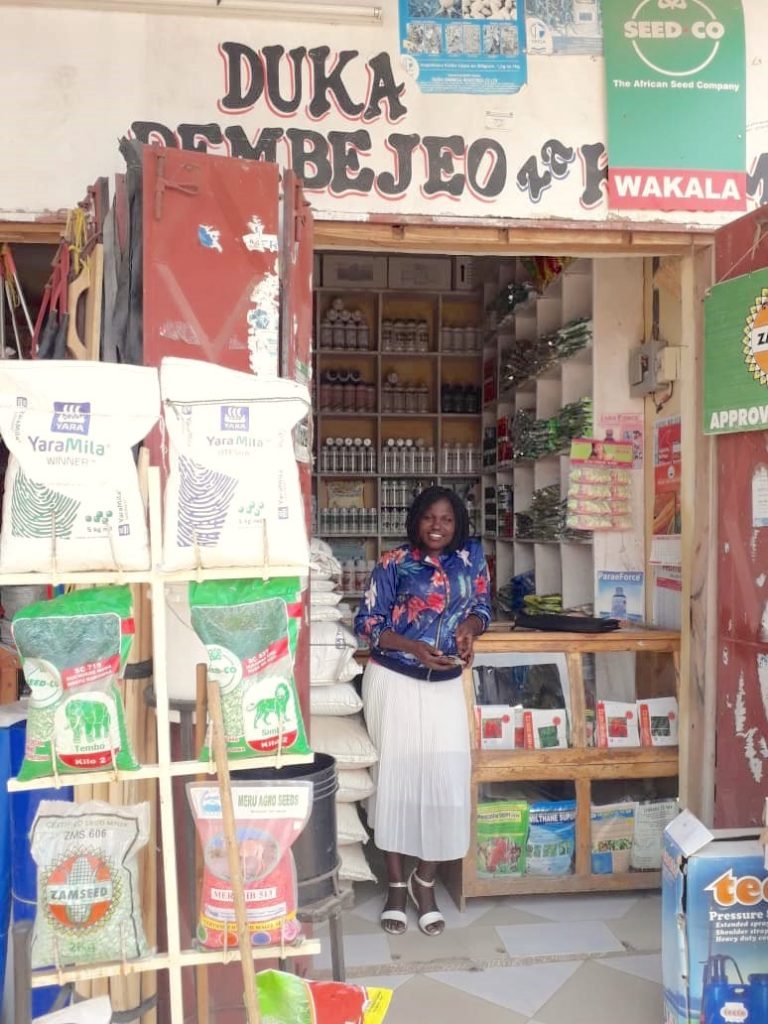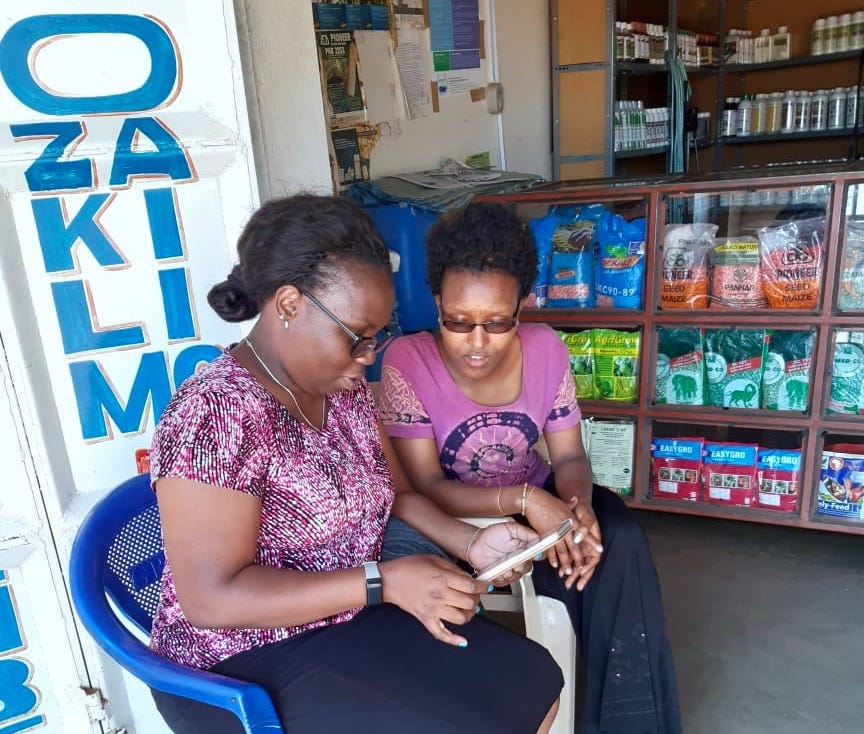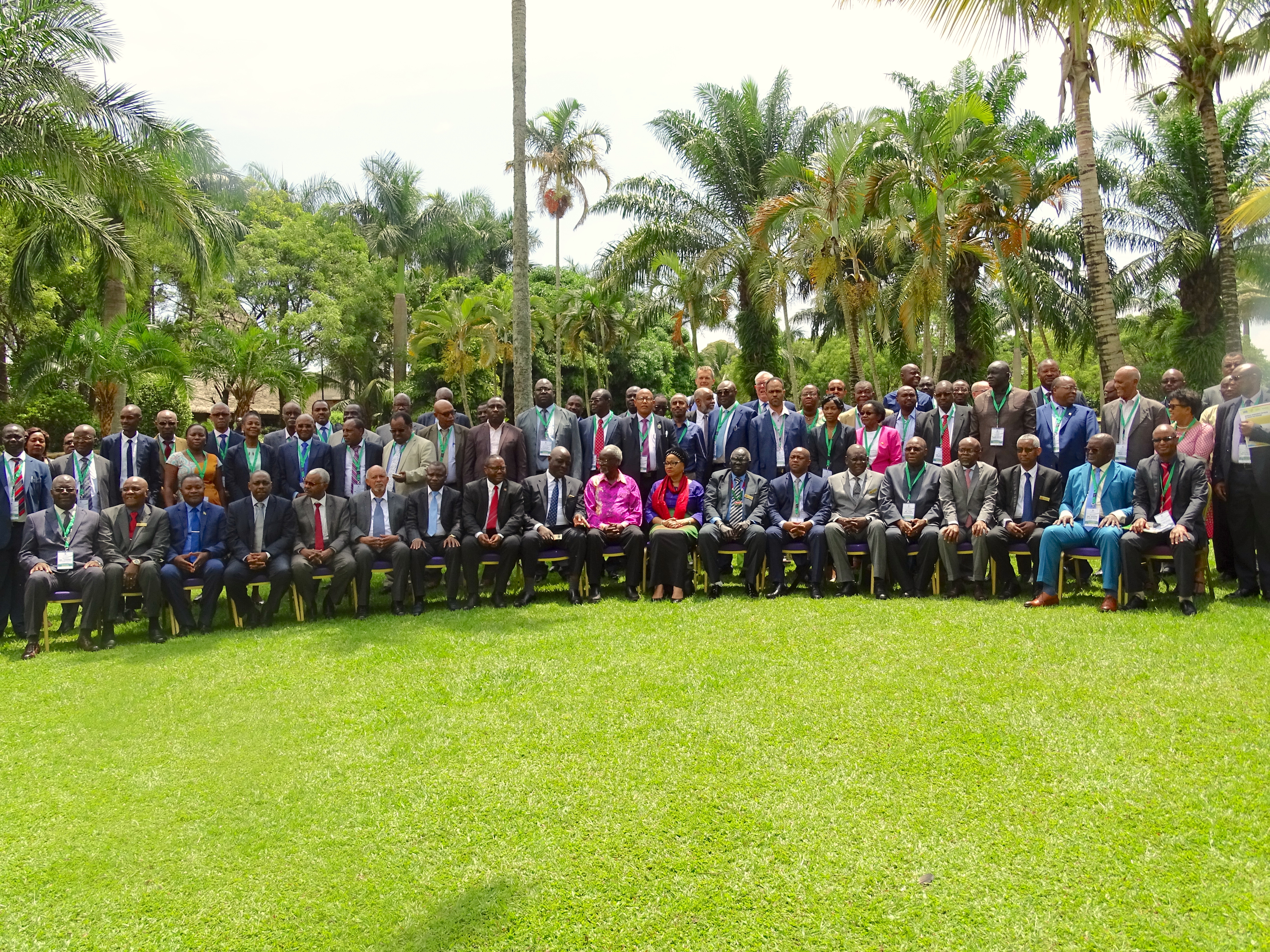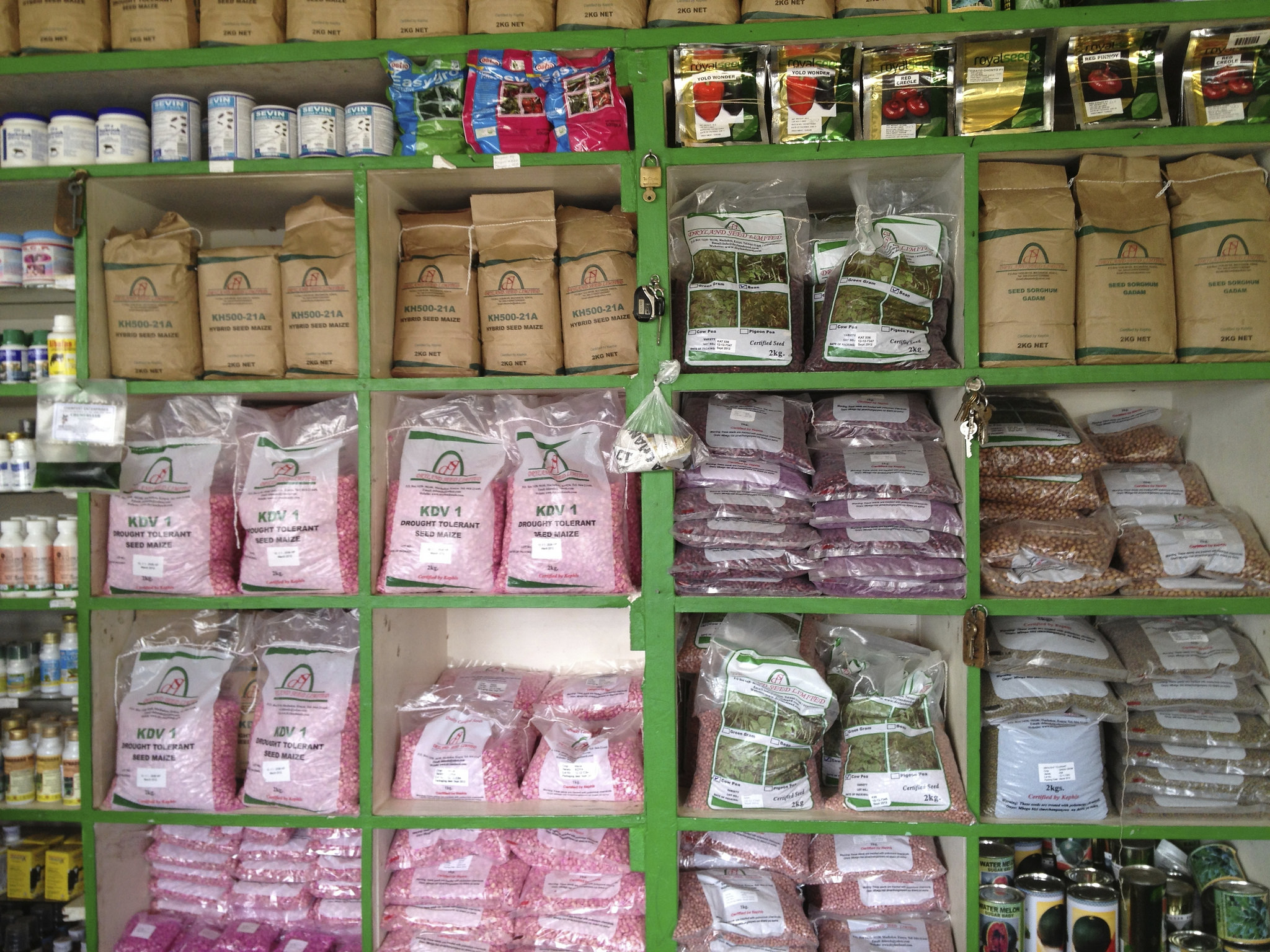
Many Tanzanian smallholder farmers fail to produce even 1 ton of maize grain per hectare. To improve crop yields, a farmer needs the right seeds and complementary inputs, including inorganic fertilizer. The “right” inputs will depend upon what his or her geographical location and farming system are. How many farmers have access to such inputs and advice? What is the distribution of agrodealers in rural areas? What do they stock, and at what prices?
The International Maize and Wheat Improvement Center (CIMMYT) recently carried out a survey of agrodealers in Uganda and Tanzania to answer such questions related to the last-mile delivery of seeds and other agronomic inputs.
This is a joint initiative from two projects — Taking Maize Agronomy to Scale in Africa (TAMASA) and Strengthening product profile-based maize breeding and varietal turnover in Eastern and Southern Africa — funded by the Bill & Melinda Gates Foundation and USAID.
For the study, CIMMYT teams interviewed 233 agrodealers in Uganda and 299 agrodealers in Tanzania. The survey started in September 2019, just before the main maize planting season, and covered five districts in each country, in both easy-to-reach and remote areas.
The study focuses particularly on two types of agricultural inputs: maize seeds — similar to an earlier survey done this year in Kenya — and fertilizer.
Are agrodealers catalyzers of varietal turnover?
For maize seed, researchers looked at which varieties are available at the agrodealer and how do they decide on what to stock.
Agrodealers were also asked to report the key selling attribute of the different varieties they had in store whether it was yield, drought tolerance, maturity level or another marketing characteristic like pricing or packaging. Such information will give some better insights for CIMMYT’s maize breeding team about perceived differences along the seed value chain on key attributes and product profiles.
For example, a new variety in Uganda that was tolerant to maize lethal necrosis (MLN), was mainly promoted as a double cobber and not as MLN tolerant. And unlike in Uganda, there was no “cheap variety” option available in Tanzania, according to the agrodealers interviewed for the study, although high seed prices were often mentioned as the main barrier for seed purchases.
Better understanding how retailers select their varieties could help improve varietal turnover, a key indicator of how fast CIMMYT’s research reaches out farmers.
Besides their own role, it is also interesting to see how agrodealers perceive external challenges to influence farmer adoption of improved varieties. In Uganda, agrodealers saw counterfeit seed and government free seed distributions to farmers as the main challenges for their business, issues that were not frequently mentioned in Tanzania.
Understanding input market characteristics

The use of fertilizer is very low in sub-Saharan Africa, around 8-12 kg per hectare, twenty times less than Western standards. Fertilizer access and affordability have been cited as key factors in the low rates of uptake.
The study may shed some new light on this, as it looks at what types of fertilizer is available to farmers at agrodealer shops, and what drives sale and prices. Researchers will examine whether there is a competition effect and how transport costs or subsidies impede the growth of the fertilizer market.
Georeferencing of interviewed agrodealers and farmer population mapping will help reveal the degree to which agrodealers are concentrated in particular areas, leaving other areas with relatively little local access to inputs. Project researchers will investigate how marketing conditions vary across such situation, examining, for instance, how input pricing strategies, selection and quality varies spatially. The team will also use data collected on fertilizer prices to further refine regional fertilizer profitability maps.
Such mapping exercises could help improve the relevance of extension advice. As an example, to tackle acid soils or phosphorus deficiency, could farmers find the recommended input, lime or appropriate P fertilizer at the right time and right price, so that it is profitable for them?
The detailed results of the study are expected in early 2020 to guide agronomic investments and policies for more functional input markets that drive a much-needed sustainable intensification of African smallholder agriculture.

 Climate adaptation and mitigation
Climate adaptation and mitigation 
